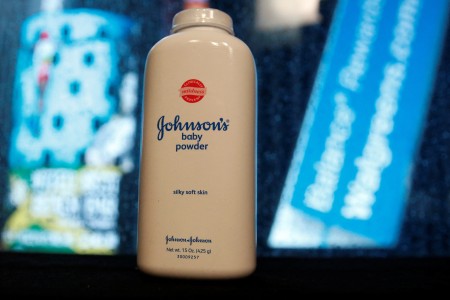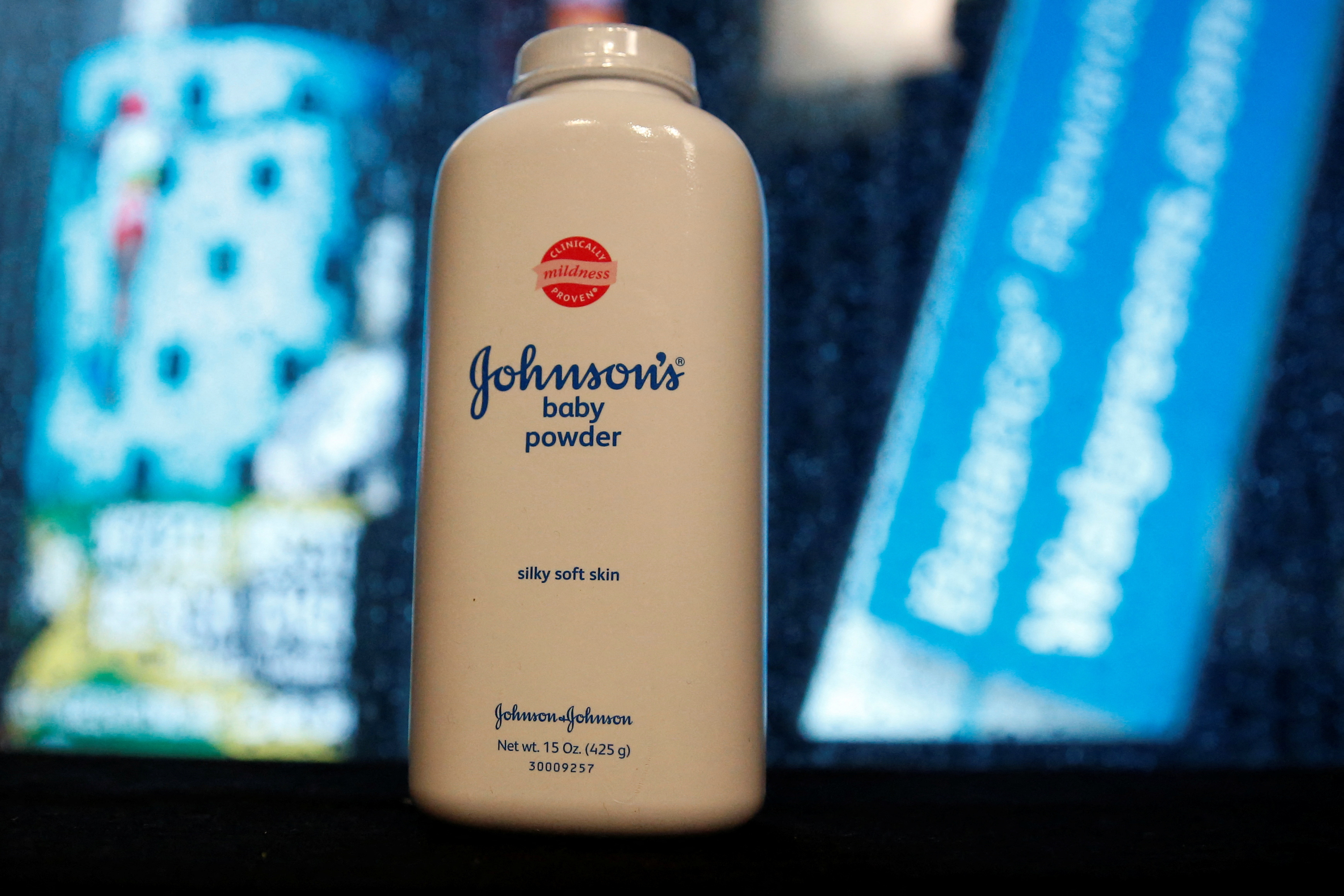By Dietrich Knauth and Mike Spector
NEW YORK (Reuters) – Johnson & Johnson said on Friday it is negotiating with plaintiffs’ lawyers who have opposed the company’s proposed settlement of lawsuits alleging its baby powder and other talc products caused cancer, seeking to eliminate holdouts to the deal.
J&J has announced plans to finalize a $6.48 billion global settlement through the bankruptcy of a subsidiary company, after earlier efforts were rebuffed twice by federal courts.
J&J says the majority of claimants support its settlement offer. But it has paused a vote count for a short time so that it can gather additional votes from plaintiffs who have until recently opposed the deal.
“We have agreed to a short extension of the certification timeline,” said Erik Haas, J&J’s worldwide vice president of litigation, in a statement. “This will allow these plaintiffs’ attorneys time to speak to their claimants to now consider supporting the plan.”
A lawyer at Beasley Allen, a law firm that has led opposition to J&J’s proposed bankruptcy settlement, did not immediately respond to a request for comment.
J&J plans to place a subsidiary into bankruptcy if it gets at least 75% of the talc claimants to vote for its settlement proposal.
The bankruptcy settlement would end all talc lawsuits alleging that J&J products cause ovarian cancer, and it would prevent similar cases from being filed in the future.
J&J faces lawsuits from more than 62,000 plaintiffs alleging that its baby powder and other talc products were contaminated with asbestos and caused ovarian and other cancers. J&J denies the allegations and has said that its products are safe, do not contain asbestos and do not cause cancer.
The current proposed settlement focuses on ovarian cancer claims, building on the company’s previous settlement of most lawsuits alleging that its talc caused mesothelioma, a deadly cancer linked to asbestos exposure.
By using a subsidiary’s bankruptcy to file for bankruptcy, J&J seeks to force all plaintiffs into one settlement – without requiring J&J itself to file bankruptcy.
Bankruptcy judges can enforce global settlements that permanently halt all related lawsuits and forbid new ones.
Outside of bankruptcy, any settlement J&J reached with some clients would still leave holdouts or future plaintiffs with the right to sue – and leave the company exposed to potential multibillion-dollar verdicts that encouraged it to pursue a bankruptcy settlement in the first place.
J&J has prevailed in many of the ovarian cases tried to date, but the litigation has also resulted in some large verdicts for plaintiffs, including a $2.12 billion award in favor of 22 women who blamed their ovarian cancer on asbestos in J&J talc.
(Reporting by Dietrich Knauth, Editing by Alexia Garamfalvi and Marguerita Choy)


